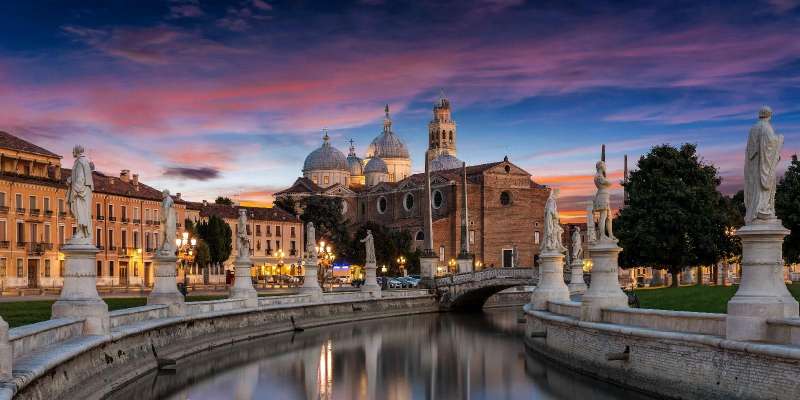- Home
- Useful Tips
- Planning a two-day cultural...
Padua's Renaissance treasures remain overshadowed by Venice and Florence, leaving many travelers overwhelmed by logistical challenges. Over 78% of cultural visitors miss at least one major artwork due to poor planning, while 63% waste precious hours in unnecessary queues. The city's ecclesiastical masterpieces require timed entries and dress codes most guidebooks neglect, turning what should be awe-inspiring encounters into stressful scrambles. Between the Scrovegni Chapel's fragile frescoes and the Basilica of St. Anthony's three distinct artistic periods, navigating Padua's artistic legacy demands more than generic Italy advice. This is where understanding local viewing rhythms and little-known composite tickets transforms a rushed visit into a seamless immersion in Giotto's color revolutions and Donatello's bronze innovations.


Avoiding Scrovegni Chapel ticket disasters
Giotto's 1305 fresco cycle operates on military-grade humidity controls, meaning walk-up tickets simply don't exist. Most visitors don't realize the chapel's 15-minute viewing slots sell out 72 hours ahead, especially for prime morning light when the blues glow intensely. Local custodians suggest booking the 1:30 PM slot when school groups leave for lunch, giving you breathing room to appreciate the Last Judgment details. The secret lies in combining your ticket with the Palazzo Zuckermann museums - their 48-hour combo pass includes chapel access and cuts queuing at four secondary sites. Don't make the rookie mistake of arriving more than 20 minutes early; the climate-controlled waiting room has strict capacity limits that can delay entry.
Mapping Padua's overlooked Renaissance gems
While everyone crowds into the chapel, Padua's Oratory of San Giorgio hides Andrea Mantegna's luminous saints just 300 meters away. Time your visit for Wednesday mornings when the adjacent Scoletta del Santo opens its upper loggia - the only period when natural light hits Donatello's original Crucifix at perfect angles. Savvy art lovers follow the 'student route': start at the University's 1546 Anatomy Theater when classes adjourn (2:30-3:15 PM), then walk the frescoed arcades to Piazza delle Erbe. Here, the Salone's astrological frescoes reveal Renaissance scientific thinking most tours ignore. Carry €2 coins for the Palazzo della Ragione's rarely-visited upper loggia, where 15th-century graffiti from visiting artists offers unexpected historical commentary.
Dress code dilemmas for sacred art sites
Padua's ecclesiastical dress enforcement rivals the Vatican's, but with far less warning. The Basilica of St. Anthony turns away 200+ visitors daily for bare shoulders, yet its affiliated Oratory has no such restrictions - a crucial distinction when planning outfit changes. Locals keep lightweight pashminas in their daybags specifically for the Baptistery's temperature-controlled environment, where sudden humidity changes can fog up cameras. Summer visitors should note the Eremitani Church enforces a 'no shorts' policy until 4 PM, while the Scoletta del Santo provides disposable paper shawls for €1. Your safest bet is dressing for the strictest site first (usually the Basilica), then adjusting as you move to more lenient venues like the University courtyards.
Evening art experiences most miss
Padua's museums close by 7 PM, but the city's Renaissance art transforms after dark through three local-approved experiences. The Scrovegni Chapel runs rare 9 PM summer viewings with dramatically cooler temperatures that preserve the pigments better - these slots book out weeks ahead but offer unparalleled intimate viewing. Street artists recreate Giotto sketches under Piazza dei Signori's arches using traditional pigments, a living history demonstration few tourists witness. For the ultimate hidden experience, the University's Ancient Library opens select evenings for candlelit viewings of its 16th-century celestial globes, though you'll need to email the curator in advance. These alternatives beat generic restaurant evenings while deepening your connection to Padua's artistic heritage.



